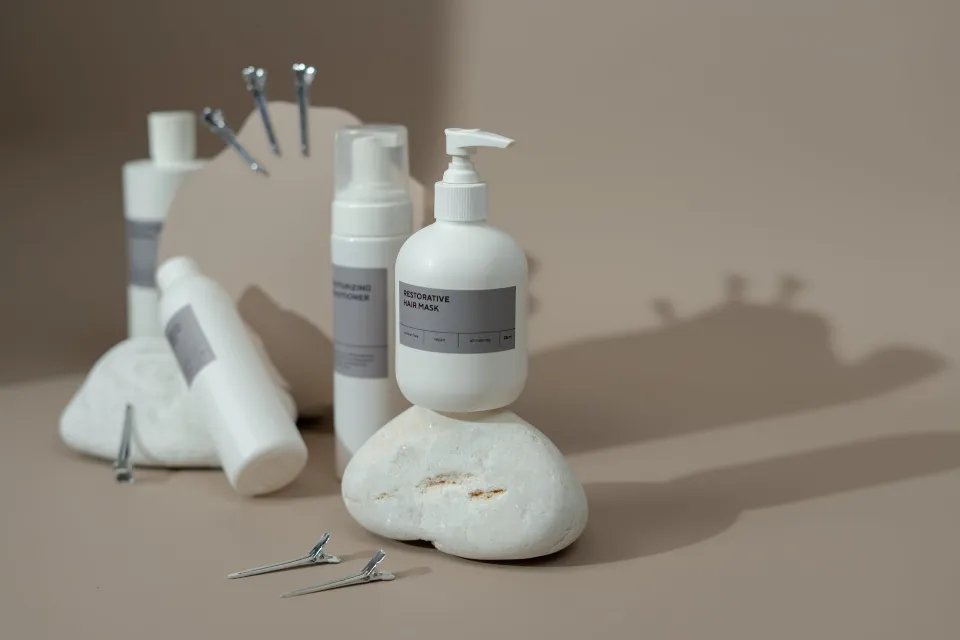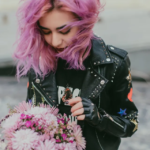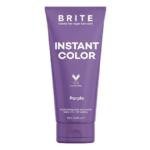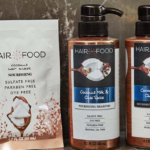Consider hair treatment masks to be a powerful variation of a conditioner. They have similar advantages, such as deeply nourishing and strengthening hair, but they are stronger and more potent. Hair masks can also address particular hair issues. Do you want to learn more about hair conditioning masks and how to use them?
In contrast to a face mask, a hair mask covers only your hair. Treatments known as hair masks are made of nourishing oils, butters, and other ingredients.
What is a Hair Mask?
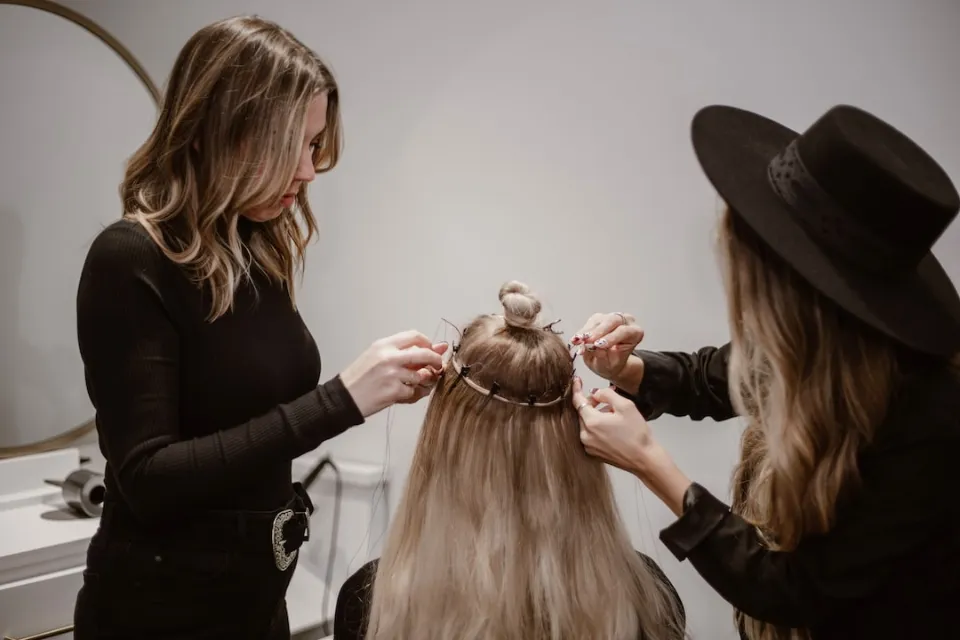
Oils, butters, and other nourishing ingredients are used to create hair masks, which are treatments. Compared to your typical shampoo or conditioner, these hydrating hair masks spend more time soaking into and nurturing hair, providing dramatic benefits after just one use.
Whether it’s from heat styling, trying out new hairstyles, or being out in the elements, we put a lot of strain on our hair. That might seriously harm hair. Hair treatment masks can make your hair feel healthy and less prone to breakage, all in the comfort of your own home.
Hair Mask Ingredients
Nutrient-dense ingredients support a great hair mask, which can reduce hair loss or shedding. These ingredients help to support and mimic organic nutrients that your hair craves and needs for optimum end results.
Marula Oil: This star ingredient, which hydrates your hair without weighing it down and feeds your hair from root to tip, can be found in a great hair mask that locks in moisture.
Rose Water: Rose water can help calm your scalp while enhancing the general condition of your hair, from unwelcome frizz to incredible shine, whether you have an itchy or irritated scalp or are looking to restore gloss and smoother hair.
Truffle Oil: Truffle oil can soothe an irritated or itchy scalp and improve the overall health of your hair, from frizz to incredible shine. It can also help restore gloss and smoother hair.
Vanilla Bean: Want to lessen hair breakage and the visibility of split ends? Finding vanilla bean in a hair mask is fantastic. It not only aids in preventing breakage but also might aid in removing toxins that have accumulated and are suffocating your locks.
Avocado: Rich in biotin and in potassium as well as magnesium, avocado will help seal your cuticle which will give your hair incredible luster, softness and strength.
Aloe Vera: is a fantastic and organic ingredient for people who need healing. Due to its attention to detail and focus on healing hair, aloe vera is renowned for restoring your strands while assisting in strengthening.
Blue Agave: Nature’s humectant will draw moisture to your living space, capture it, and absorb it all day long while preventing frizz.
What Are the Benefits of Hair Masks?
Your hair’s health can be preserved and damaged hair can be improved with a hair mask. Consider the following benefits:
- Adds hydration and moisture to hair
- Diminishes frizz
- Improves scalp health
- Prevents hair breakage and split ends
- Reduces hair damage
- Softens hair
- Stimulates hair growth
- Strengthens hair
How to Use a Hair Mask
Because they typically replace conditioner, hair masks are simple to incorporate into your daily hair care regimen. Here’s how to use a hair mask:
- Step 1: Shampoo and then rinse your hair.
- Put your hair mask on in step two.
- Step 3: Hold off for three to five minutes. (Pro tip: Use your extra time in the shower to wash your face, shave your legs or use a body scrub.)
- Step 4: Rinse.
- Step 5: Towel dry and style your hair as usual after it has been refreshed.
How Often Should You Use a Hair Mask?
A hair mask is a treatment that is applied to your hair and left in place for a while before being rinsed out. Hair mask ingredients moisturize dry hair, increase shine, detangle, condition, strengthen, and do a variety of other things to help your hair and scalp stay healthy.
You can use a hair mask as frequently as you like, but it really depends on the type of hair you have and the treatment you require. If you have dry hair, you might find it helpful to use a mask once or twice a week.
However, depending on their needs and lifestyle, a person with healthy hair may only require one once every few weeks or months. The majority of the time, these masks are applied to damp hair for 20 to 30 minutes; however, leave-in treatments are also an option for those who want to improve the health of their hair overnight.
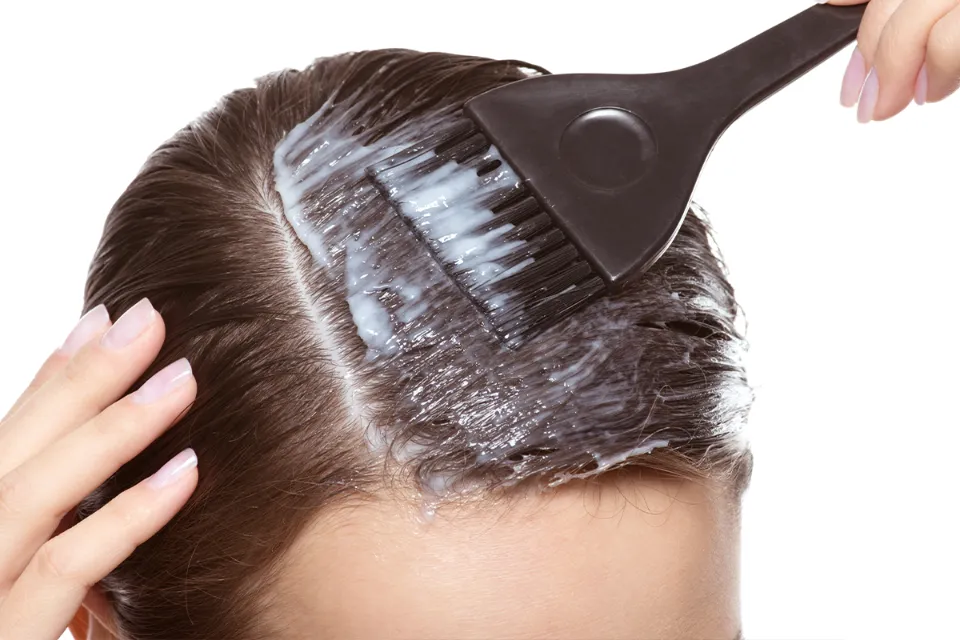
How to Choose a Hair Mask
Choose a pre-made hair mask or create your own using ingredients that are specifically formulated for your hair type. Consider the following types of hair masks for various hair needs:
- Color-treated hair: A hair mask can help put hydration back into bleached hair or color-treated hair. To stop your color from fading, you must use color-safe hair masks. Argan oil hair masks can hydrate the hair and safeguard the color.
- Dryness: A hair mask can moisturize brittle, dry hair. Hair damaged by heat styling can be revived and fortified with the aid of natural hair masks made of honey, banana extract, jojoba oil, keratin, and avocado oil.
- Dandruff: Dandruff can result from a dry scalp. Use hair masks with aloe vera extract, yogurt, avocado oil, and coconut oil to hydrate the hair.
- Oiliness: Use a hair mask with tea tree oil or clay to balance the hair’s natural oils and absorb extra oil if your scalp produces too much oil.
- Thinning hair: Protein-rich hair masks, like those made with egg yolks, give fine hair body and fullness by supplying vitamins and biotin.
Avoid choosing a hair mask that contains harsh chemicals and preservatives because they can cause additional damage to your hair.
Also Read: K18 Hair Mask Review 2023 – How to Use K18 Hair Mask
How Long Should You Leave a Hair Mask on Your Hair?
You should leave a hair mask on your hair for at least three to five minutes, but if you’re working with rough or dehydrated hair and have the time, you can let it sink into damp hair for 15 to 20 minutes. You can leave it on overnight if your hair is already dry. (Since dry hair is less porous than wet hair, there is less chance that it will absorb all the moisture—which is possible if you leave it on for an extended period of time.)
Can You Leave a Hair Mask on Too Long?
It depends on the hair mask you’re using, to keep it short. If you apply your hair mask to damp hair—which is when the hair shaft is more porous, meaning it will absorb more of whatever you apply to it—you can have something called hygral fatigue. That means the hair has stretched and contracted with the addition of moisture, to the point that it becomes weak and prone to breakage. (Imagine it being stretched out repeatedly like a hair tie.) This is caused by over-moisturizing hair, which can happen when a hair mask is left on for too long or even overnight, especially on damp hair. But the solution is straightforward: simply rinse your hair mask out after five minutes or as instructed.
How to Effectively Apply Them?
You want your hair to be clean before applying any kind of treatment, this way it will absorb better. The first step is to shampoo and condition your hair (use a sulfate-free shampoo if you have color-treated hair).
Always follow the instructions on the label but generally, you’ll want to apply the hair mask to damp hair that is, after shampooing and conditioning.
If you have long or thick hair, section your hair into two or three parts before applying a thick layer of product from root to tip. Work the product through your hair from the roots to the ends by massaging it into your scalp.
Make sure all of your strands are evenly coated. Before thoroughly rinsing it off with warm water, leave it on for 15-20 minutes (or longer if you can). Avoid using hot water on your hair because it can remove the ingredients that are restoring.
The Bottom Line
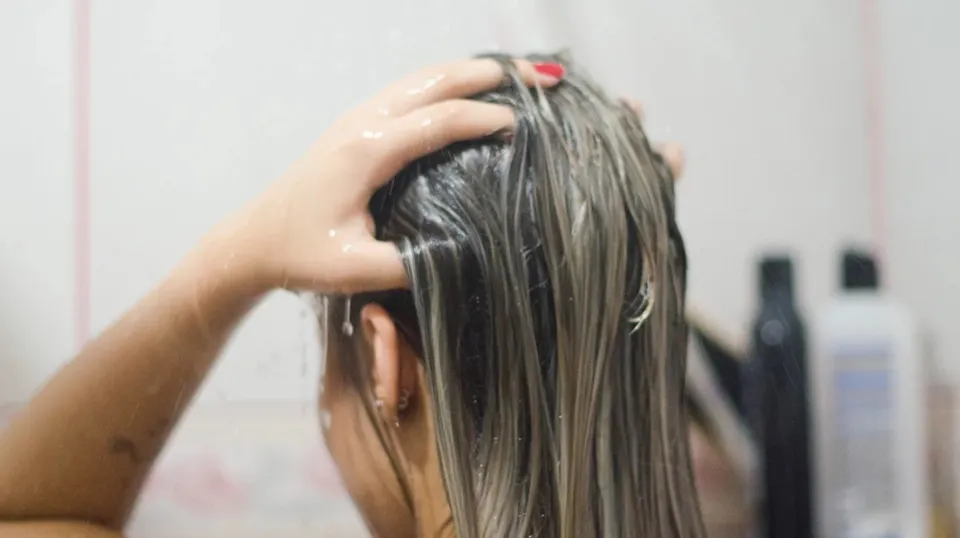
Hair masks can aid in nourishing and moisturizing your hair. They are particularly helpful for frizzy, damaged, or dry hair. Some hair masks may even strengthen your hair and enhance the condition of your scalp.
Hair masks stay on your hair for at least 20 minutes, as opposed to instant conditioners, which are only effective for a short time. Depending on the ingredients in the mask and the type of hair you have, some can stay on your hair for several hours.
Using organic ingredients like coconut oil, eggs, honey, or bananas, you can create a variety of DIY hair masks at home.
If you purchase a ready-made mask, choose one that is best suited to your hair type and has the fewest preservatives and chemicals possible.
Most Asked Questions About Hair Masks
Do Hair Masks Actually Work?
Yes, a hair mask does actually work. In fact, they are a fantastic way to encourage hair growth and revive dry, damaged hair. They provide your hair with the nourishment it requires because they are designed to address a specific hair issue, such as frizz and flyaways or dull locks.
Which is the Best Homemade Hair Mask?
Yogurt and egg mask, coconut hair mask, and honey and olive oil mask are a few of the best homemade hair masks. Your dry hair will be smoothed out and encouraged to grow with these homemade hair masks.
Do You Use a Hair Mask before Or After Conditioner?
You should always use a hair mask after shampooing and conditioning your hair. The shampoo and conditioner will get rid of product buildup and widen your cuticles so that the nutrients in the mask can get into your strands.
Before shampooing, use a dirty hair mask to encourage hair growth, such as one made of coconut or olive oil.
Are Hair Masks Good for Frizzy Hair?
They do indeed work wonders for dry hair. Hair masks can be used on all hair types but those with thick or coarse locks will benefit most from the intense hydration that masks provide.
Check Our Hair Products Reviews!

